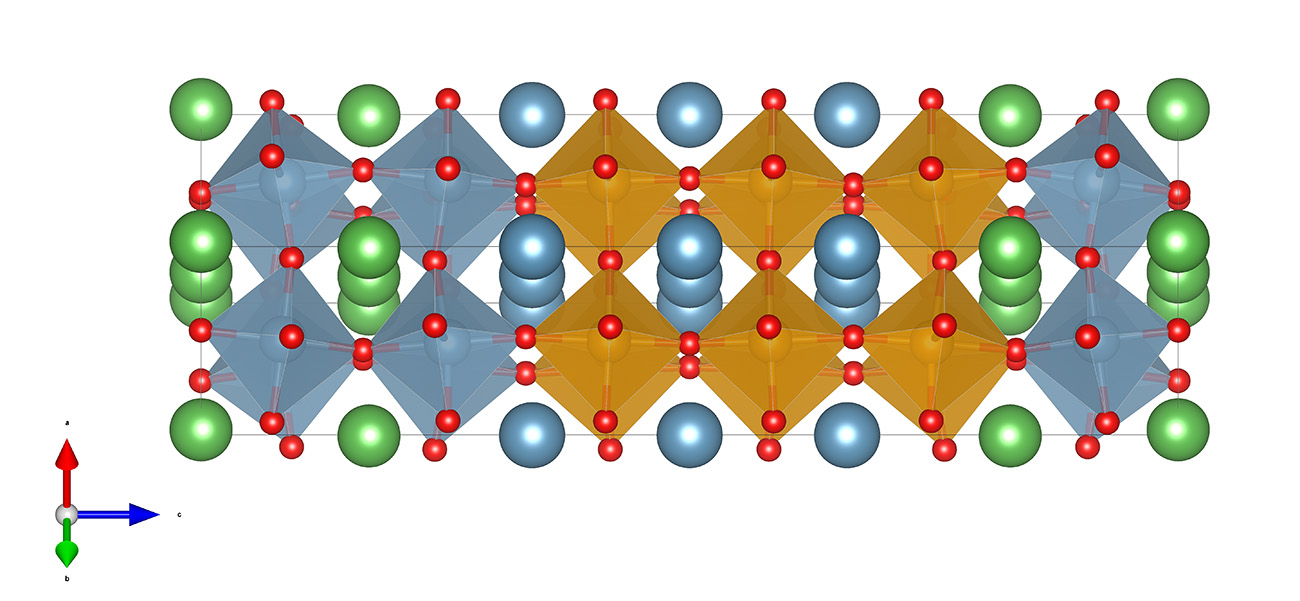Mott insulators - effects caused by U
If the Coulomb repulsion U is strong enough in a material, it can drive the material towards the so-called Mott insulating phase: In a simplified tight-binding picture, electrons in a metal are free to hop from one site to the next. However, a strong Coulomb interaction causes electrons to repel each other, eventually suppressing the hopping and localizing the electrons on the sites.
This behavior was predicted almost a century ago and has since then been observed in many materials. By combining DFT with DMFT, we can quantitatively describe complex materials that exhibit such Mott physics. For example, we have investigated oxygen vacancies in SrTiO3 [1] and heterostructures of the correlated metal CaVO3 with different substrate materials [2].

Focusing on the heterostructures of CaVO3, we could show that the influence of interface effects significantly depend on the substrate: they are almost negligible for CaVO3 grown on SrTiO3, where the strain from the lattice mismatch plays a major role. However, for CaVO3 grown on LaAlO3, the interface effects dominate because of differences in polarity of the materials.
- J. Souto-Casares, N. A. Spaldin, and C. Ederer, external pageOxygen vacancies in strontium titanate: A DFT+DMFT studycall_made, Phys. Rev. Research 3, 023027 (2021)
- S. Beck and C. Ederer, external pageTailoring interfacial properties in CaVO3 thin films and heterostructures with SrTiO3 and LaAlO3: A DFT+DMFT studycall_made, Phys. Rev. Materials 4, 125002 (2020)
